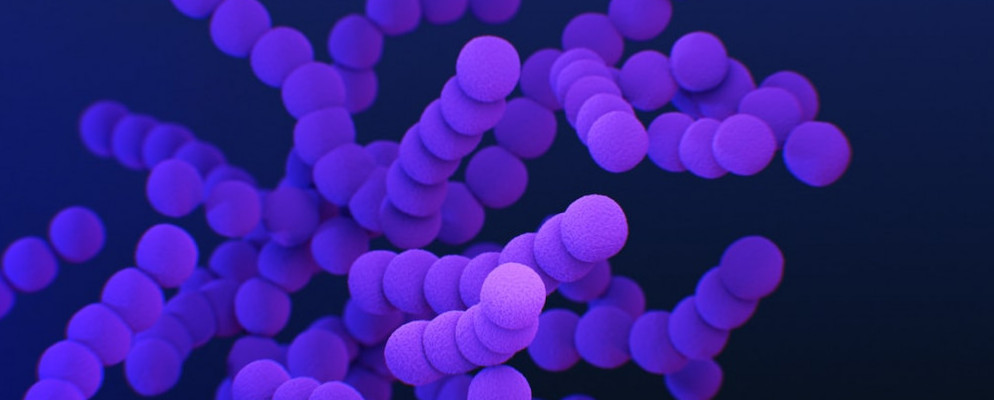Probiotics, Prebiotics and Postbiotics
How do we tell the difference between probiotics, prebiotics and postbiotics, when exploring gut health? It’s really pretty simple. Those 3 sometimes mysterious terms are the ones most mentioned when the subject of gut health arises. They may sound like slight variations on the same theme, but each plays a distinct role and function in our gut. In this short article we give you a quick and easy look at each and discuss how and why they are important to good gut health.
The human body is home to trillions of microorganisms, like bacteria, fungi, viruses, and others. Together these microorganisms are known as the microbiome. The microbiome is the huge army of these microbes that we all need to stay alive. It goes without saying that a healthy balanced microbiome is critical to our overall health and well-being–including our gut health.
Probiotics
Let’s start with probiotics. Simply put, these are live microorganisms (mainly bacteria) that are healthy for the body. They can come in the form of food or supplements. Sometimes we call probiotics “good” bacteria. This is because probiotics can have health benefits when consumed or even applied to the body, and they can help maintain the natural balance of microorganisms in our digestive system. Probiotics can do so by reducing the amount of harmful bacterial in the body and by increasing the amount of beneficial bacteria. Probiotics can also help strengthen the gut barrier, which can reduce inflammation and help keep harmful microorganisms from entering the bloodstream.
You can find probiotics in foods like yogurt, kefir, sauerkraut and kimchi. Of course, there are also dietary supplements that contain probiotics. There is research that supports probiotics as being beneficial for our immune system, digestion, and overall health. Of course, this can depend on the specific strain and dosage, so always consult a healthcare professional before starting to take probiotics, especially as a dietary supplement.
Prebiotics
Next up, prebiotics. Think of them this way–prebiotics are what probiotics (microorganisms) eat. They are usually high fiber foods that our body can’t digest, but that probiotics can. Prebiotics are found in many fruits, vegetables, and whole grains, and they help to nourish and grow the beneficial bacteria in our gut. This helps to reduce inflammation, improve digestion, enhance the absorption of nutrients, and improve overall gut health. Prebiotics are also available as dietary supplements.
Postbiotics
Finally, postbiotics are (beneficial) compounds that are created when prebiotics feed the probiotics and are then broken down as they travel through the gut and intestines. This ‘fermentation’ process breaks down the probiotic strains into a series of postbiotic compounds, like metabolites, short-chain fatty acids, and other compounds that are used by the body to do a host of important jobs. Some of these jobs can include strengthening of the immune system, relieving diarrhea, and reducing inflammation, among others. Postbiotics not only help to maintain the gut environment, they also promote broader benefits to our overall health.
Certain foods like buttermilk, cottage cheese and even sourdough bread can help boost postbiotics in the body. There are also dietary supplements available. Again, always seek the advice of a health care professional before embarking on any supplement regiment.
Conclusion
Probiotics, prebiotics, and postbiotics all contribute to the health and well-being of our microbiome and our gut health. Probiotics are microorganisms that introduce beneficial bacteria into the gut, prebiotics provide the food probiotics need to thrive, and postbiotics are a by-product of the two, helping to maintain the gut environment and promote overall health.
As alway, we invite readers of BetterLifeAfter50.com to weigh in with your questions and comments below.


I just finished reading your article, and I must say, it’s eye-opening. I always thought the terms probiotics, prebiotics, and postbiotics were somewhat interchangeable, but you’ve made the distinctions crystal clear. The role of postbiotics, especially the way they come about through the fermentation process, really grabbed my attention. Besides the foods you mentioned, are there others that might be rich in postbiotics? And another thought crossed my mind: since we often hear about the gut-brain connection, how does the balance between these three elements impact our mood or mental state? Keep up the great work!
Thank you for your comments. Here are some fermented foods that are good sources of postbiotics–pickles, buttermilk, kefir, miso soup, sauerkraut, sourdough bread, and tempeh. Stay tuned for more on the gut-brain connection. Working on a new post now!
This article provides a clear breakdown of the differences between probiotics, prebiotics, and postbiotics in a way that’s easy to understand. It’s fascinating how these three components work together to support our gut health and overall well-being.I’ve always been intrigued by the intricate balance within our bodies, especially when it comes to our gut health. Learning about probiotics, prebiotics, and postbiotics highlights the complexity of our microbiome and the importance of nourishing it properly. Have you personally experienced any changes in your well-being after incorporating foods rich in prebiotics or probiotics into your diet?How do you plan to incorporate probiotics, prebiotics, or postbiotics into your daily routine to enhance your gut health? Thank you